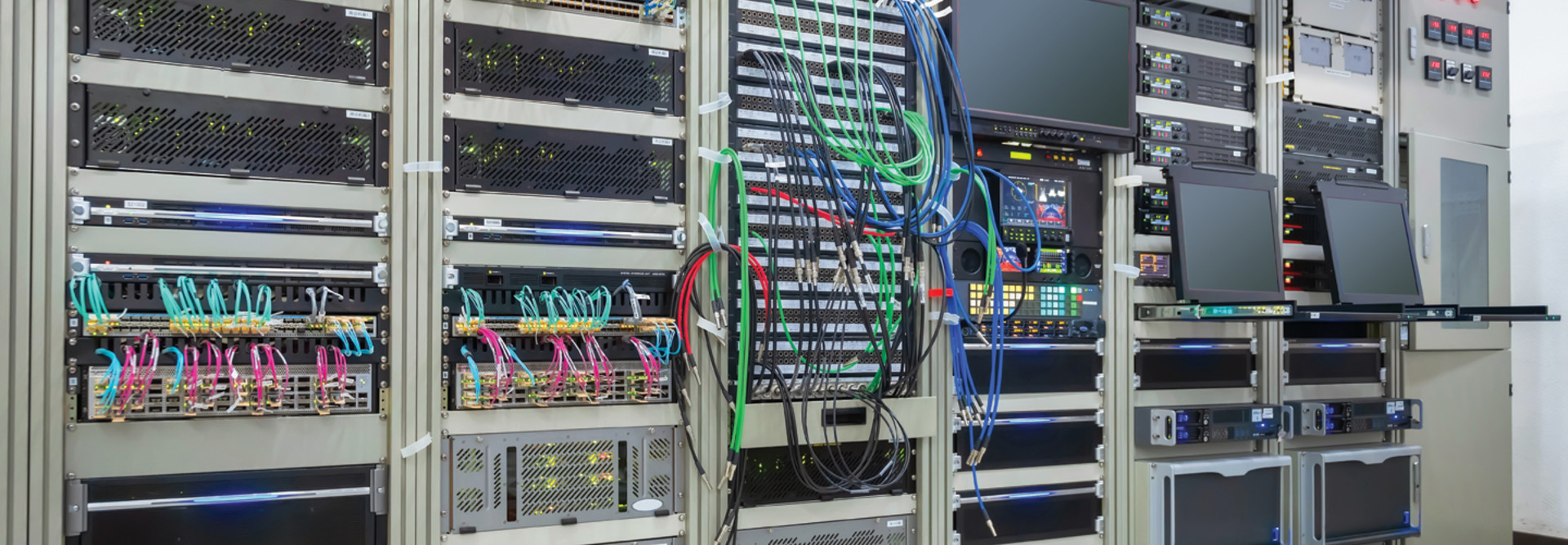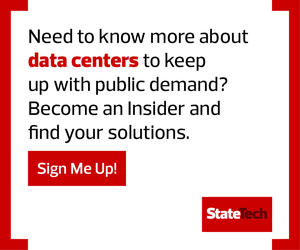What Are the Major Factors for Legacy Systems Modernization?
According to Eric Sweden, program director for enterprise architecture and governance at NASCIO, legacy systems pose a host of challenges for state governments. He notes that there’s a “move toward digital services and digital citizensship” that requires more robust IT deployments, while “maintaining the legacy system is expensive and getting more difficult.” As a result, three key problems are prevalent.
Cost: Along with the straightforward spending required to keep on-premises legacy systems running — everything from regular maintenance to ensure maximum uptime to regular hardware replacements and software updates — Sweden notes that “as other functions modernize, adapt and change with business needs, the interoperability with legacy systems becomes more difficult, expensive and can create costly latency in data exchanges.”
Skills: Sweden also highlights issues with historic skill sets. “The skills required are hard to find,” he says, “because people are not learning the skills to maintain these old systems.” Consider the state of New Jersey. At the start of the COVID-19 pandemic in April, unemployment claims spiked over a two-week period to more than 362,000 applications. But the COBOL-coded legacy application wasn’t up for the task, prompting the state to put out the call for IT professionals skilled in this 60-year-old functional framework. Not surprisingly, programmer pickings were slim.
Capacity: While modern IT deployments are designed to scale resource and capacity use on demand, Sweden notes that “legacy systems are typically designed for maximum capacity.” With service demand now fluctuating as pandemic pressures ebb and flow, static capacity is no longer tenable for state IT.
In addition, Sweden points to an increasing need for data-driven decision making that isn’t possible under legacy frameworks. Instead, he says, “being nimble” requires “a new approach to technology strategies” that allows governments to embrace new initiatives such as Big Data analysis and proactive incident response.
LEARN MORE: How have counties modernized the tech they use to provide public benefits?
Challenges and Benefits of Modernizing Legacy Systems
With legacy systems already struggling to keep pace and their specific weaknesses called out by COVID-driven changes, what’s holding back state solution shifts at scale? Reliable roadmaps pose the biggest issue: To develop detailed deployment frameworks, governments must consider both the potential challenges and key benefits of legacy system modernization. The top challenges include:
- Compliance: Making the shift to modern IT infrastructure requires government IT teams to move and modify existing services, potentially exposing citizen or agency data to noncompliant storage, transmission or use.
- Complexity: While existing COBOL code and other legacy solutions are problematic under stress, they’re simple and familiar in day-to-day operations. Introducing new IT form and function is naturally disruptive and may — at least temporarily — increase overall complexity.
- Culture: Existing employee culture plays a critical role in legacy application modernization. Staffers used to operating in a specific way using specific tools may be resistant to new technologies, even if they enable remote work . As a result, IT teams must be prepared to both articulate and demonstrate end-user utility to drive improved adoption.
Despite the challenges, there are clear benefits to modernizing legacy systems. They include:
- Speed: Legacy tools are not equipped to handle the volume and variety of data now generated by both staff and citizens. Modernized solutions both streamline data capture and provide the capacity required to analyze this data at scale.
- Simplicity: Interoperability is rapidly becoming an intrinsic IT characteristic as service providers and software designers recognize the need for diverse technology ecosystems. For state IT deployments, this focus on interoperability helps simplify new solutions.
- Security: Advanced security solutions such as identity and access management, multifactor authentication and user behavioral analysis available as part of modernized frameworks can significantly reduce state IT risk.
EXPLORE: What can cities learn about modernization from New York’s Innovation Fellows program?
What Are the Main Legacy IT Modernization Approaches?
While each state government faces unique challenges in its legacy system replacement strategy based on geographic area, population size and other demographic data, research firm Gartner notes that several common modernization models exist:
- Encapsulate: Encapsulation is the process of decoupling key services and components from familiar legacy applications and rebuilding them as “microservices.” While this requires substantive programming expertise, it’s an effective way to reimagine commonly used constructs under new service delivery models.
- Rehost: Rehosting focuses on the movement of legacy mainframe apps and services to new compute environments that offer increased capacity and improved control. The most common rehosting approach shifts current storage or compute functions into the cloud. While there’s no hard-and-fast rule here, organizations are often best served by leveraging public cloud services for cost-effective deployment of compute-intensive functions, while more expensive private clouds are ideal for secure data storage.
- Replatform: In this case, legacy code is modified and moved to a more efficient runtime environment, while leaving familiar features and functions intact.
- Refactor: Refactoring speaks to the process of migrating procedural code from existing bases — such as COBOL — to modern, object-oriented languages using specialized IT toolsets, and is often used to facilitate rapid cloud migration.
- Rebuild: With the right IT expertise in place — or the right outsourced partner — it’s possible to rebuild applications and services from scratch using modern frameworks while incorporating the original scope of work and key specifications.
- Replace: If there are no other options, governments can rip and replace components, applications and services that aren’t working and replace them with modern alternatives. The caveat? “As states move more and more toward off-premises solutions, there is more and more dependency on network availability,” Sweden says.
Worth noting is that these approaches don’t exist in isolation — states may select any or all of these methods based on specific needs. For example, Sweden notes that many state governments have chosen to rehost key functions using Mainframe as a Service solutions, but notes that while “moving to Mainframe as a Service solves some of the issues, like availability and scalability, it doesn’t move beyond the business rules, semantics and data relationships inherent in legacy systems, and going forward it doesn’t provide agility for making changes or adapting to new business rules.”
As a result, it’s key for state governments to consider everything from mainframe modernization to cloud adoption and new code deployment as subsets of larger legacy system changes.
For state governments historically hesitant to implement legacy system modernization strategies, 2020 offers a compelling case to jump-start this process.
With substantial numbers of staffers working from home and citizens more willing and able to access digital resources, now is the time to develop in-depth modernization roadmaps.
The key to success is having reliable roadmaps that prioritize the targeted application of IT services to deliver maximum value.











